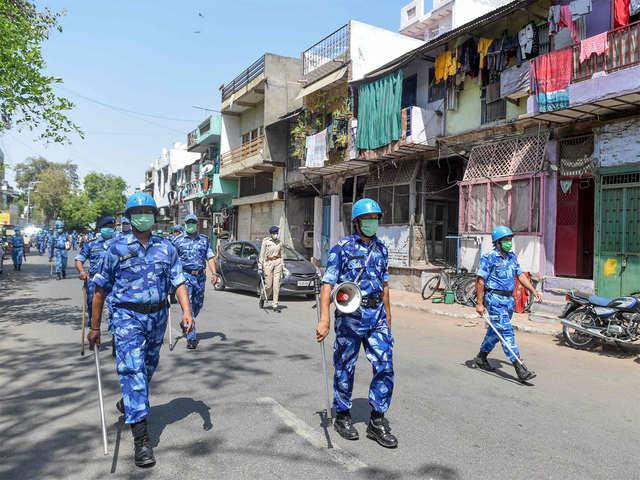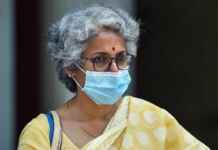Check out the list of states that adopted some distinct COVID strategies:
India is the second-most populous country after China and COVID-19 is believed to have a great impact on the states and countries that are highly populated. As India is one of them it becomes important to make different strategies to prevent the spread of the deadly disease.
The states like Maharashtra, Uttar Pradesh, Bihar, Madhya Pradesh, and West Bengal accounts for 40% of the country’s total population and also account for one-third of total 17,265 COVID-19 cases in India.

As these states are densely populated, the risk of the rapid growth of COVID-19 in these states remains higher. They are also more vulnerable because they house about 60% of 1.3 million migrant laborers in shelters across India.
Other than following the Health Ministry’s guidelines of testing and strong COVID-19 cluster management they also launched apps to track hundreds of patients and put thousands of people in quarantine.
Not just that, these states also opted for state-specific models that helped in containing the spread. Maharashtra opted for aggressive testing and created the most number of containment zones in cities. Uttar Pradesh ensured that the virus is restricted to 41 of the 75 districts.
Bihar focused on isolating migrant workers and screening of all foreigners. Madhya Pradesh came across as lax initially before ramping up screening and testing efforts and West Bengal termed its plan as containment with “human face”.

In Maharashtra, after 150 positive cases, the state made containment zones. Maharashtra has more than 400 containment zones, including 381 in Mumbai alone, highest for any city in India. The Brihanmumbai Municipal Corporation has divided these containment zones in three categories, red with more than 5-6 patients, yellow up to six patients and green with no cases.
On the other hand, Uttar Pradesh focused on 41 districts, from where COVID-19 cases were reported and adopted a multi-pronged strategy of aggressive identification of hotspots, intensification of restrictions and creation of new health facilities combined with relief to people.

As per the officials, 11 committees were set up to oversee the situation following the lockdown announcement and suggest measures to provide relief to people.
UP was the first state to announce financial relief of ₹1000 to half a million workers, daily wagers and vendors and is set to implement the free distribution of food grains to nearly 30.54 million laborers.
Madhya Pradesh’s strategy has four components, Identification, Isolation, Test, and Treatment (IITT). Chief minister, Shivraj Singh Chouhan said any area visited by a foreigner or known for Influenza-Like Illness or respiratory problems, is declared a containment zone.

Door to door surveys are done to list people with different categories of diseases and they are marked as high or low risk. The test of the person with high risks is then either conducted at home or a testing center.
Bihar also has 93 cases and the state follows the model of containment zones, where people have not been allowed to move out of their homes and essential supplies are being delivered to them at their doorstep.
As of now, West Bengal has 339 cases and there is a threat of the disease spreading, have been totally sealed. . Chief Minister Mamata Banerjee, however, had opted for “lockdown with human face” and imposed complete clampdown in COVID-19 hotspots.
The state now has seven testing laboratories, 64 hospitals are earmarked for COVID-19 patients and there are more than 580 quarantine centers.

































